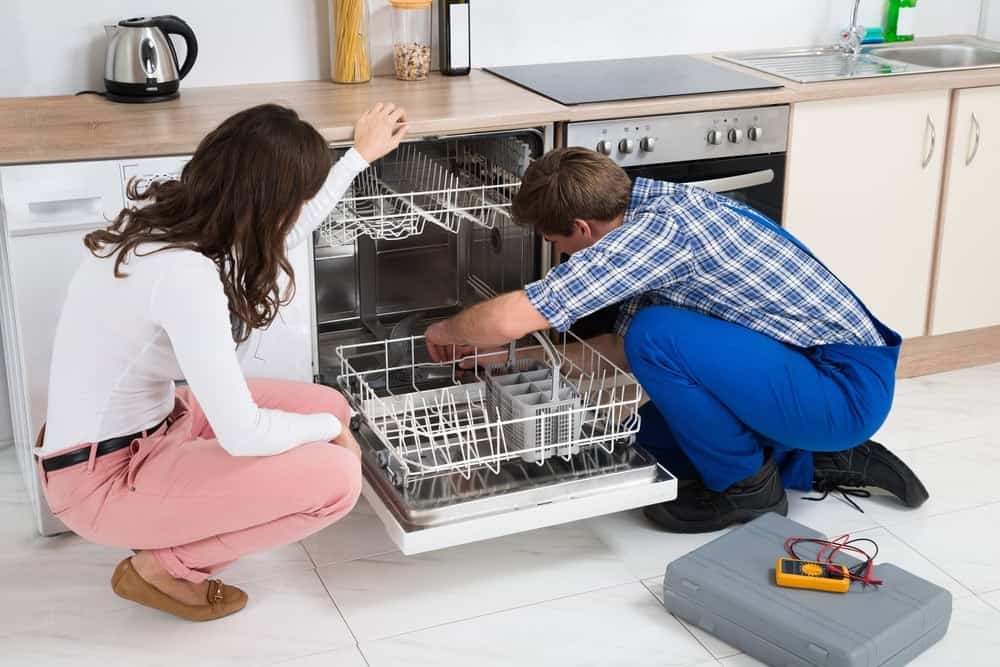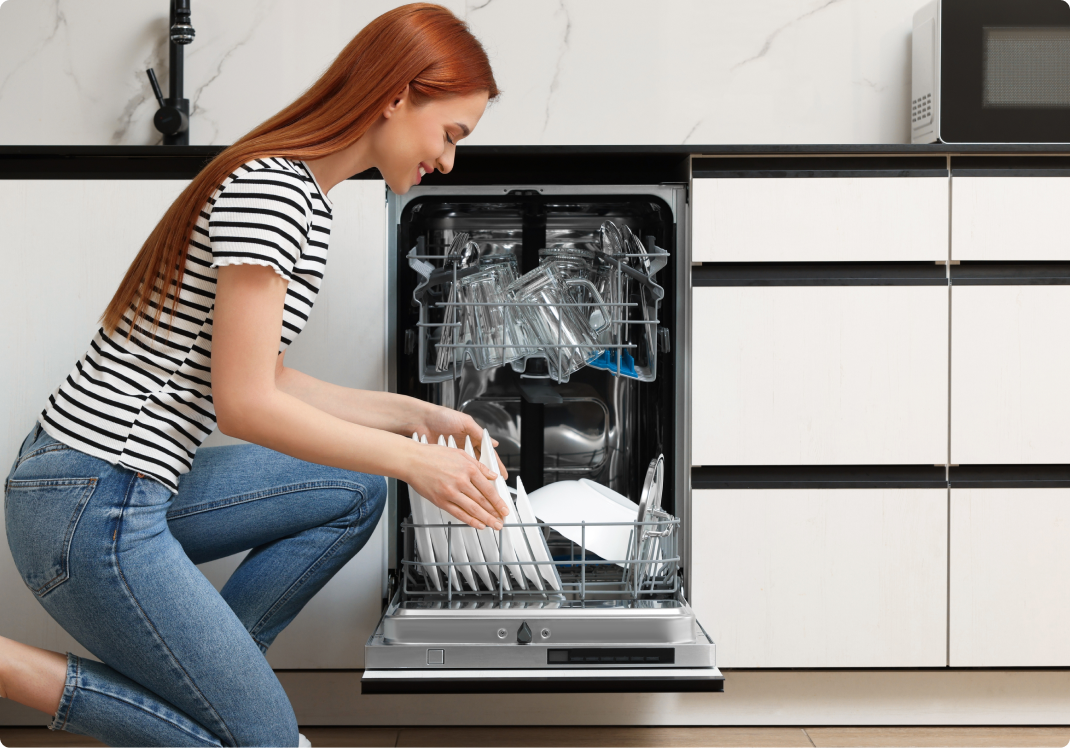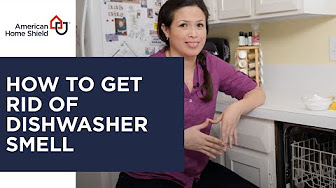Many of us have been there before. You open the dishwasher, ready to put the dishes away, only to look down and see a pool of soapy, grimy water standing at the bottom of the machine. Don’t call the plumber just yet – a clogged dishwasher can sometimes be fixed without the help of a professional. Take control of your train by following these step-by-step instructions on how to properly fix a clogged dishwasher.
Step 1: Prepare Your Dishwasher
Before you begin tackling your dishwasher draining issues, make sure you’ve removed all dishes and silverware from the machine. If they are still dirty, be sure to separate them from your other dishes so that you can return to cleaning them once your dishwasher has been fixed. You’ll also want to remove the bottom dishwasher rack for easy access to the machine.
Step 2: Make Sure Your Dishwasher is Turned Off
Now that the dishwasher is free of dishes - go ahead and turn off the electricity running to both your dishwasher and garbage disposal. It’s very important that you ensure no current is traveling to the machine. Water and electricity don’t fair well together, as
Related: 5 Tips to get the most out of your dishwasher
Step 3: Remove the Stagnant Water With a Towel
Once the machine has been disconnected from its power source, begin removing any standing water with a towel. Not only is this necessary for cleaning the dishwasher, but it also reduces the chances of slipping and falling while working around the dishwasher.




